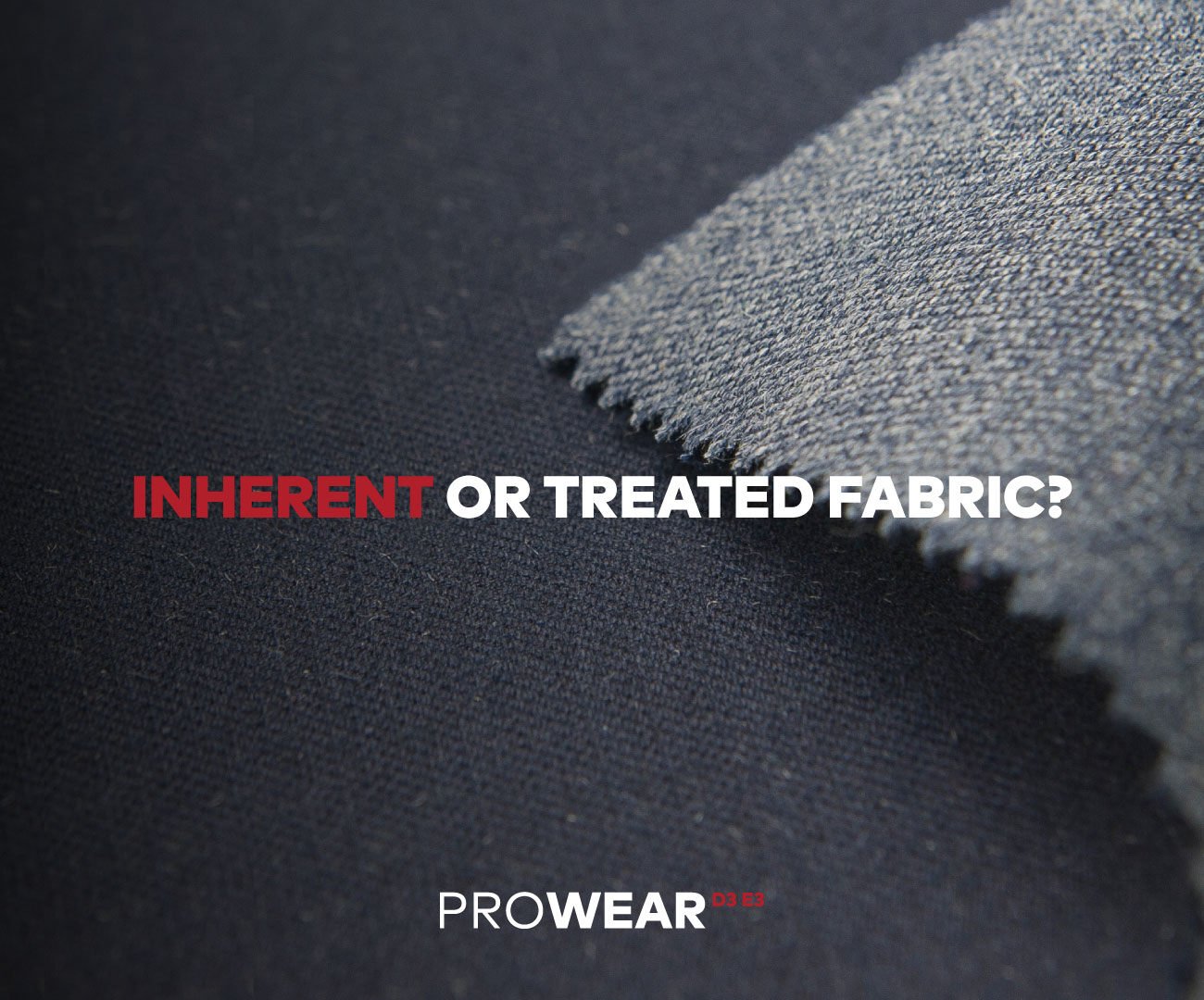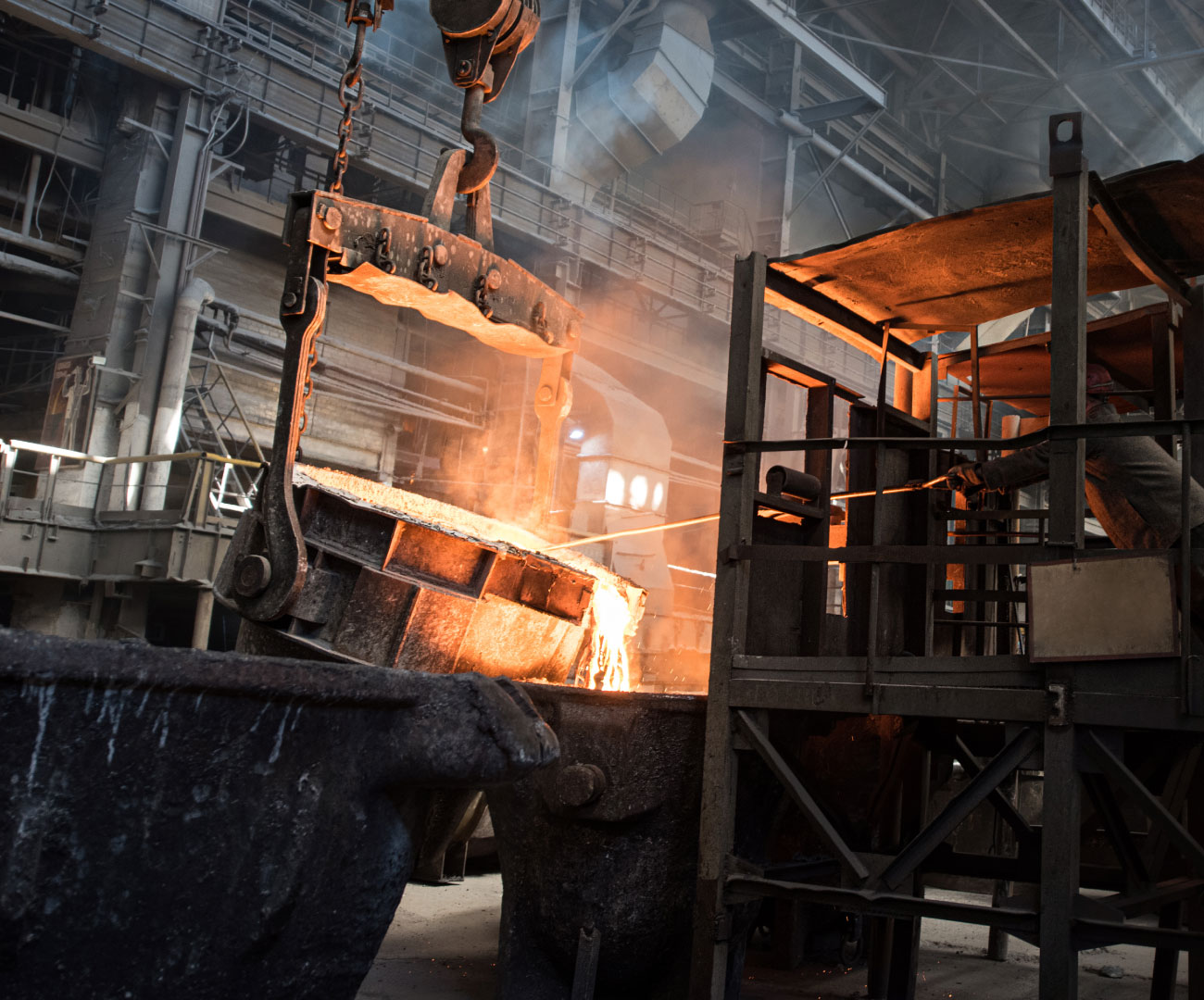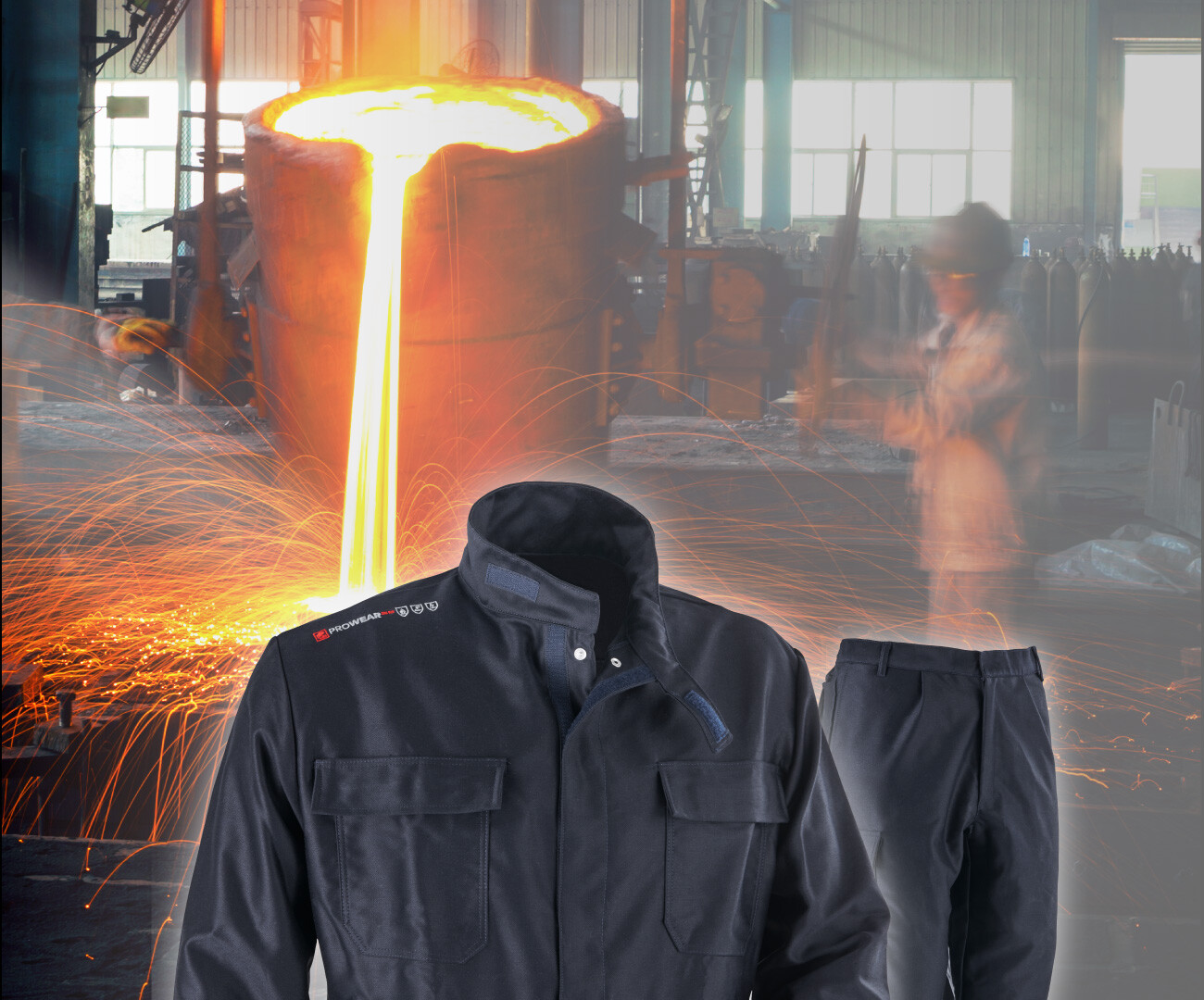Fire retardant fabric: find out the difference between inherent and treated ones


In the world of work safety, it is often required that the PPE used by workers is fireproof, i.e. it has the ability to limit or prevent the combustion of materials and is therefore non-flammable.
Fireproof clothing provides a protective barrier between the worker's body and flames, minimising the risk of serious injury or burns in the event of a workplace accident. These garments are designed for those working in high-risk environments, such as:
- firefighters
- industrial workers
- professionals working in high-risk fire sectors, such as: metalworkers, blacksmiths, welders
In this article we want to explain the difference between the two types of fabric, their advantages, disadvantages and when it is preferable to choose one or the other.
1.Fabric with fire retardant treatment
Treated fabrics are originally created as materials that are not naturally flame retardant, and are therefore prone to combustion if in contact with flames.
They are then subjected to specific chemical treatments and coated with substances that protect and retard the effect of flame, such as Flame Retardants (FR), which may include substances such as aluminium, magnesium, boron, red phosphorus and nitrogen. These agents act by interrupting the combustion cycle, slowing down the transfer of heat.
✅Benefits: this fabric is certainly cheaper than the inherent flame retardant fabric, and this is often optimal for companies that have to stick to certain budgets.
❌Disadvantages: the level of protection cannot be guaranteed for a long time, as the products used to treat the fabric lose their effectiveness with the number of washes.
Precisely for this reason, the manufacturer must be able to guarantee the safety level with accurate certifications and the company must have a thorough knowledge of the Safety Device in order to know when to replace it.
2.Inherent or intrinsic flame-retardant fabric
This type of material differs from the previous one in that it is composed of naturally flame-retardant fibres that protect the wearer of the PPE from heat and flames
✅Benefits:The inherent flame-retardant fabric has a superior hold and durability if the safety device is maintained properly, precisely because it is not treated with external chemical agents that lose effectiveness with washing. Moreover, because it is not subjected to surface chemical treatments, it is free of potentially dangerous substances and can be safely washed at home.
❌Disadvantages: It is certainly a more expensive product precisely because of this important innate quality and, in some cases, is not purchased due to budget constraints.
How to choose the most suitable clothing for
theprotection of the user?
Several factors must be considered when choosing the right safety device: not only the quality of the fabric used, but also comfort and the budget available.
In this specific case, although the inherent material may seem the most suitable, one must also consider the standards achieved by the product.
Over the years, in fact, there have been major technological improvements in the chemical treatments of fabrics, which have led to increasingly higher levels of protection, offering better quality and durability.
We can therefore say that if the PPE meets the standard and level of protection you need, and if you take into account the fact that treated fabrics have a limited lifespan, both choices will meet your needs and guarantee a common goal: protecting the worker from flames and heat.
What standards regulate flame-resistant clothing?
According to the latest regulations, flame-resistant workwear has become mandatory in many industrial environments. These regulations set strict safety standards, and they are:
- EN ISO 11612 defines minimum requirements for clothing offering limited protection against heat and flame.
- EN ISO 11611 covers protective clothing for welding and related activities. Garments complying with this standard must offer protection against small splashes of molten metal, brief contact with a flame, exposure to UV radiation and convective heat.
- EN ISO 14116 sets out the performance requirements for materials and construction of protective clothing with limited flame spread.
NB: A specific standard regulates fire-fighting clothing for firefighters and is EN 469:2005+A1:2006
.gif?width=394&height=394&name=IMG_5036%20(1).gif) Choose your workwear
Choose your workwear
from the Coval Safety
range
What if we told you that among the PPE produced by Coval Safety, you could find a line of workwear made of inherent fabric, which guarantees protection with maximum effectiveness? Let's talk about PPE from the ProWear D3 E3 anti-heat range.
COMPARED TO FLAME-RESISTANT, MULTI-STANDARD COTTON CLOTHING:
- More thermal insulation
- Maximum resistance to molten aluminium and iron splashesUnaltered flame-retardant properties after washing
- Fabric has no treatment
Here are some of our proposals for multiple protection:
 The PROWEAR D3 E3 fireproof jacket for molten metal protection, soft and comfortable, made of inherent fireproof fabric, is designed for all operators in the land industry, where the risk of contact with molten metal splashes is high. In fact, the metals do not cling to the fabric, but rather slide off, thus better protecting the wearer.
The PROWEAR D3 E3 fireproof jacket for molten metal protection, soft and comfortable, made of inherent fireproof fabric, is designed for all operators in the land industry, where the risk of contact with molten metal splashes is high. In fact, the metals do not cling to the fabric, but rather slide off, thus better protecting the wearer.
The fabric's intrinsic flame-retardant properties allow it to maintain its functions unchanged over time, even after washing, guaranteeing not only protection, but also hygiene.
The mixed wool composition of the fabric ensures a constant body temperature, thus offering a product that is cool in summer and warm in winter.
Regulatory pictograms are embroidered with flame retardant yarn. This allows you to always wear PPE that is recognisable and distinguishable from other clothing such as cotton or multi-norm.
For all-round protection, you can combine the jacket with the PROWEAR D3 E3 flame-retardant trousers for molten metal protection.

In this case, the waistband with belt loops, the stretch fabric at the back and both back and side pockets make them practical even in critical working positions and ensure that all parts of the body are always protected.
Everything is available in 6 colour variants: blue, dark blue, grey, dark grey, red and orange for a recognisable and unified corporate image.
NB. A version with reflective side bands is also available, making it even more visible and safer for operators working in dark or poorly lit environments.
NB2: Not a substitute for aluminised clothing, recommended for extreme operations near heat sources and molten metals.
Our team is here to guide you through the world of safety!



